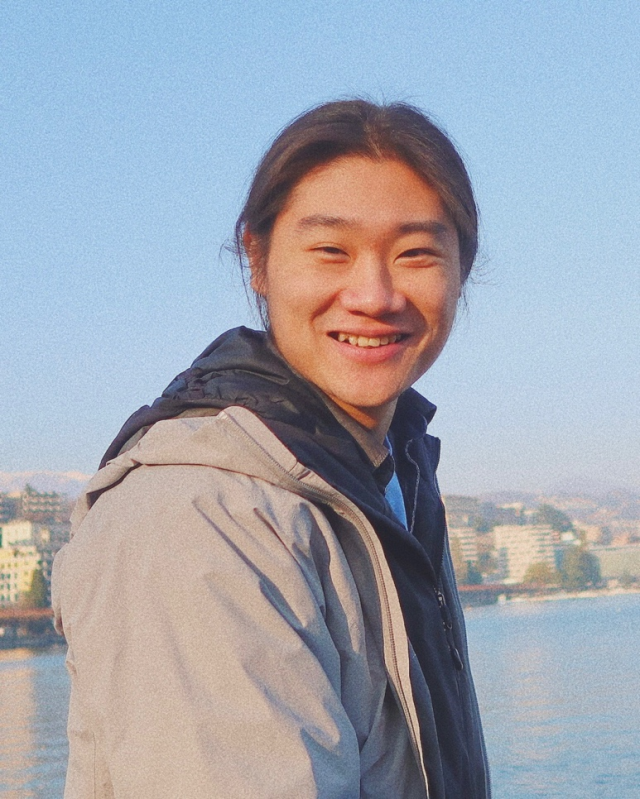Principal Investigator
Xitong Liang
Neuroethology, motor control, vision, neural evolution, cephalopod
address: 5 Yiheyuan Road, Haidian District, Beijing. 100871
email: xitong.liang@pku.edu.cn

Research Interests:
Evolution has found diverse solutions for any given neural computation (e.g., sound localization, visual motion detection, and complex motor coordination). Our goal is to take advantage of this diversity in neural algorithms, to seek general principles of neural computations, as well as alternative algorithms for robotics and artificial intelligence. Cephalopods (e.g., octopus, squid, and cuttlefish) provide the richest source for such diverse neural algorithms.
Cephalopods have the most complex brains among those that are most diverged from our own. They evolved independently from our lineage for over 600 million years, from a common ancestor that lacked an elaborate nervous system. Therefore, cephalopods have unique implementations of neural algorithms that can never be found in other animals, such as those for color-change behavior and soft-body control. Both demand neural systems to generate an extremely high-dimensional pattern of motor outputs (i.e., the coordinated pattern of millions of pigment cells for color-change behavior and almost infinite degrees of freedom for their arm movements). To study the underlying neural control, we have developed methods to quantitatively track behavior in free-moving animals using machine learning algorithms and introduced modern neuroscience techniques into cephalopods. Using this emerging model system for neuroscience, we are studying:
(1)Adaptive skin coloration and patterning for camouflage in cuttlefish;
(2)Distributed neural control of octopus arms;
(3)The evolution of neural complexity in cephalopods.
Selected Publications:
1. Liang, X., Holy, T. E., & Taghert, P. H. (2022). Polyphasic circadian neural circuits drive differential activities in multiple downstream rhythmic centers. Current Biology (in press).
2. Liang, X., Holy, T. E., & Taghert, P. H. (2022). Circadian pacemaker neurons display co-phasic rhythms in basal calcium level and in fast calcium fluctuations. Proc. Natl. Acad. Sci. USA, 119(17).
3. Liang, X., Ho, M. C., Zhang, Y., Li, Y., Wu, M. N., Holy, T. E., & Taghert, P. H. (2019). Morning and evening circadian pacemakers independently drive premotor centers via a specific dopamine relay. Neuron, 102(4), 843-857.
4. Liang, X., Holy, T. E., & Taghert, P. H. (2017). A series of suppressive signals within the Drosophila circadian neural circuit generates sequential daily outputs. Neuron, 94(6), 1173–1189.
5. Li, Q.*, Zhang, X.*, Hu, W.*, Liang, X.*, Zhang, F., Wang, L., Liu, Z.J., & Zhong, Y. (2016). Importin-7 mediates memory consolidation through regulation of nuclear translocation of training-activated MAPK in Drosophila. Proc. Natl. Acad. Sci. USA, 113(11), 3072-3077. (* Equal Contributions).
6. Liang, X., Holy, T. E., & Taghert, P. H. (2016). Synchronous Drosophila circadian pacemakers display nonsynchronous Ca2+ rhythms in vivo. Science, 351(6276), 976-981.